e-CMR Cargocard integration
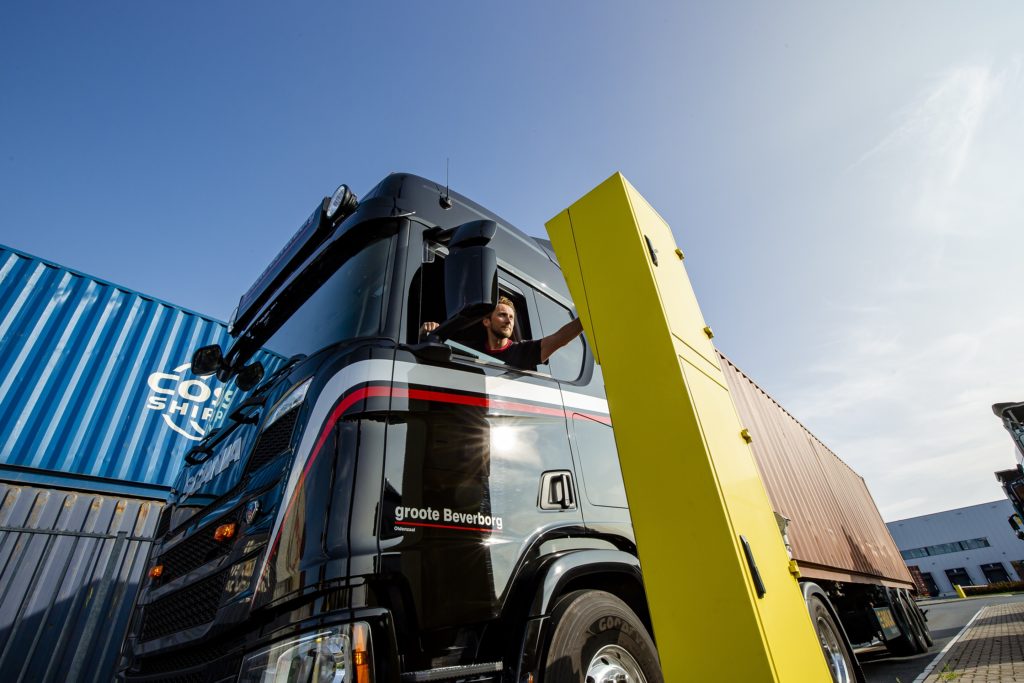
Automatic linking of eCMR at pickup and return of containers That’s what we do with the Cargocard integration. More than 27,000 drivers are already in possession of the Cargocard issued by Secure Logistics. They need this card to pick up or return containers at/to the port. After (biometric) verification of their identity, they get access to the terminal premises for loading or unloading. From that moment on, the renewed e-CMR flow starts. A number of additional checks are immediately performed in the background. After pick up or return of the container, the driver swipes his card on exit of the terminal or card reader at the counter at the customer. At that time, various signatures are placed on the e-CMR. The driver also immediately receives the e-CMRs by e-mail. This is necessary on inspection. This new way of working was introduced in September at Combi Terminal Twente (CTT) in Hengelo. Drivers who pass the gate after loading, automatically receive their e-CMR. When unloading, CTT’s customers sign for receipt within the Modality Truck app. Modality has expanded its system for this with a link to our e-CMR solution. This integration is also available for transporters that operate ZF Transics (TX Flex and Solo). The use of the e-CMR is a good example of optimization and digitization within the supply chain and offers the following benefits: Extra security via identification of driver and company credentials Instant access to signed documents More efficiency and convenience for the driver Less risk of errors, delays and loss of documents Invoicing immediately after delivery A more sustainable solution compared to the paper version Please fill in the form below if you want to know more about. We will then send you an invitation for an online consultation. [wpforms id=”10875″]
e-CMR certification ISO27001:2017
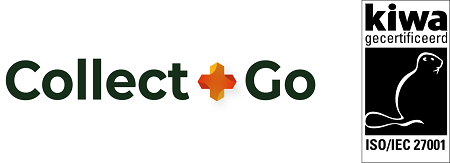
Data protection eCMR ISO27001: 2017 On June 16, KIWA awarded the ISO27001:2017 certificate to Collect + Go. This allows our customers to always rely on the highest standards in business operations and information security. Highlights: guaranteeing secure information facilities; protecting critical processes; protecting and correctly processing personal data; responding adequately to incidents; achieving information security awareness among employees and other stakeholders; integrating information security & privacy into daily practice; In addition to this certification, the Collect + Go platform is also certified for the e-CMR protocol.
e-CMR HUB: data exchange between e-CMR providers

e-CMR HUB: data exchange between e-CMR providers e-CMR providers Cargoledger, Collect + Go, Logistiek Zonder Papier and Pionira are working together on a generic open API structure to handle each other’s e-CMRs. They do this with the e-CMR HUB within I4TRUST. By adding Fiware and iSHARE technology in the mutual cooperation, we make it possible to recognize and further process each other’s transactions. A user within one platform can then sign an e-CMR on the other platform. In addition to this function, an inspection process is also being worked on. Consortium member 51BIZ from Luxembourg shares knowledge in the field of inspection by public authorities. On May 12, we presented this setup to the Benelux governments and other e-CMR providers within the e-CMR Benelux working group. There, this initiative was positively received. It was also suggested that this initiative be given a place within Basic Data Infrastructure (BDI), an initiative within Rijkswaterstaat. Funding is made available from the EU to develop and integrate these compatibility functions into the solutions of the participating consortium members.
Electronic consigment note Germany
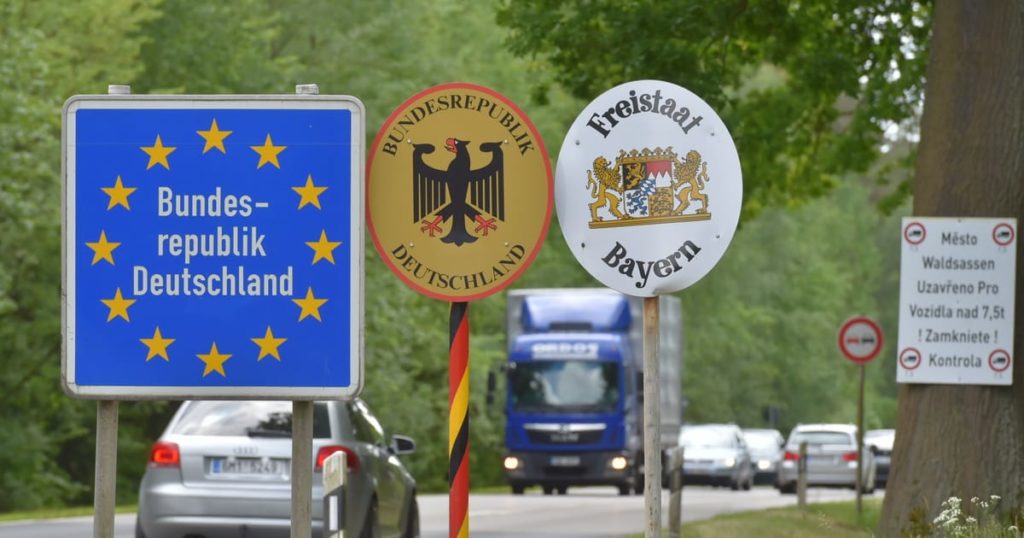
electronic consignment note OR E-cmr can be applied in Germany as of todaY. A number of our customers immediately put their money where their mouth is by activating eCMR for logistics flows from Germany to the Netherlands and vice versa. Germany accounts for 50% of all cross border road transportation in the EU. The adoption of the digital consignment note is now raised to above 90% on all cross border road transports. Thorough preparation for introduction of digital consignment note It is expected that this new way of working can be introduced silently. The German federal states were involved prior to the ratification of the e-CMR legislation. After ratification on September 17, 2021 by the German parliament, the government has taken the time to work out the implementation. Would you also like to put it to the test and get started with e-CMR? Schedule an online appointment by filling in the form below. eCMR now available in 31 countries The digital consignment note can now be used in 31 countries. On the map below you will find an overview of the countries in and around Europe where you can work with electronic waybills. More information: Ratification of eCMR by Germany: Publication 17th September 2021 List ratificaties [wpforms id=”10875″]
e-CMR application
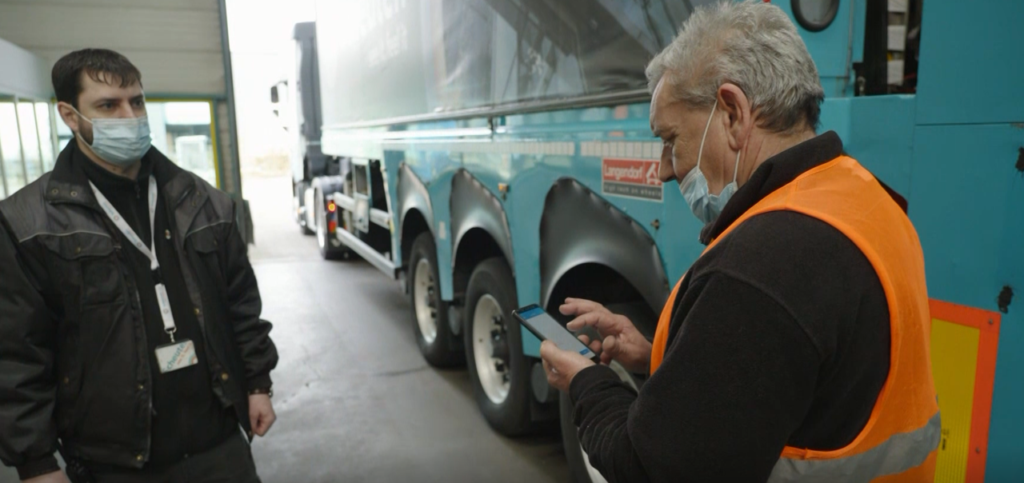
https://youtu.be/MscqrKcjjX8 This item about e-CMR in RTL Transportwereld shows how e-CMR works in practice. Math Heetkamp (logistics manager) is enthusiastic about the advantages of e-CMR and explains how Scheuten Glass benefits from this in the logistics operation. Hans Togtema (CEO Collect + Go) shares how e-CMR HUB works in practice and how the exchange of data between e-CMR providers is organized. Thus enabling a process where truck drivers do not need all kinds of different apps for their administration.
e-CMR HUB
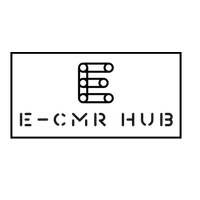
e-CMR HUB. That is the name of the dataspace where e-CMR providers can exchange data to handle each other’s e-CMRs. Collect + Go, Cargoledger, Logistiek Zonder Papier and Pionira work together in this dataspace on e-CMR compatibility. Our goal is to make APIs available that make it possible to sign off each other’s e-CMRs. In practice, we are already doing this with Pionira. A major Belgian brewer issues e-CMRs on Pionira’s Xynaps platform. Drivers process these e-CMRs further with Collect + Go in their familiar Transics workflow. We are now developing this platform-to-platform integration into a generic function within the Data Innovation Hub ‘Smart Connected Supplier Network‘ in Eindhoven. Funds from the European Union have been made available to the e-CMR HUB Consortium to develop two generic components: – e-CMR Transaction clearance service. This API will ensure that e-CMR providers can sign transactions with each other. – e-CMR Inspection service. With this API we provide a common access point for on-the-go checks. This initiative is supported by the I4TRUST organization. They provide the tools and resources for effective and confidential data exchange (including Fiware, iSHARE, Fundingbox). Would you like to receive a more detailed description of this initiative? Then fill in the contact form below. [wpforms id=”10875″]
